Geometry and measure
Angles, lines and polygons - Edexcel
Polygons are multi-sided shapes with different properties. Shapes have symmetrical properties and some can tessellate.
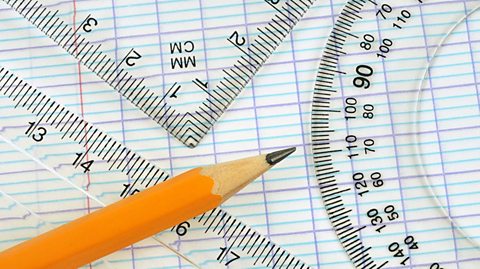
Loci and constructions - Edexcel
Loci are a set of points with the same property. Loci can be used to accurately construct lines and shapes. Bearings are three figure angles measured clockwise from North.
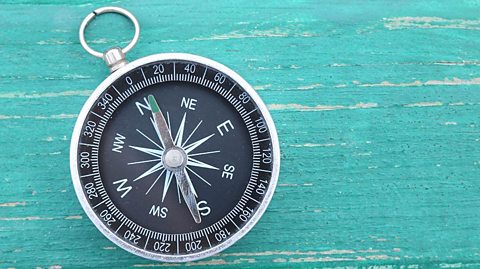
2-dimensional shapes - Edexcel
2-dimensional shapes are flat. The perimeter of a 2D shape is the total distance around the outside of the shape. The area of a 2D shape is the space inside the shape.

3-dimensional shapes - Edexcel
3-dimensional shapes have faces, edges and vertices. Volume is the space contained within a 3D shape. Surface area is the sum of the area of each face. 3D shapes can be viewed from different points.
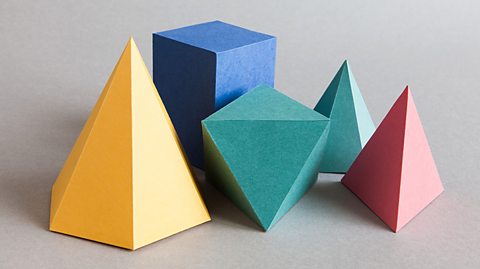
Circles, sectors and arcs - Edexcel
The circumference of a circle is its outside edge, and is the same distance from the centre at every point along its length. This distance is called the radius. Learn how to measure and calculate these, along with the area and diameter of a circle.
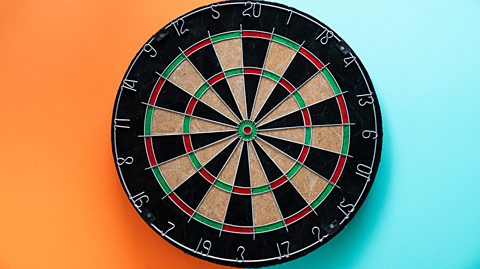
Circle theorems - Higher - Edexcel
Circles have different angle properties described by different circle theorems. Circle theorems are used in geometric proofs and to calculate angles.

Transformations - Edexcel
Transformations change the size or position of shapes. Congruent shapes are identical, but may be reflected, rotated or translated. Scale factors can increase or decrease the size of a shape.

Pythagoras' theorem - Edexcel
Pythagoras’ theorem can be used to calculate the length of any side in a right-angled triangle. Pythagoras’ theorem can be applied to solve 3-dimensional problems.

Units of measure - Edexcel
Units of measurement let us describe and compare length, weight, area, volume, density and other values. Units can be imperial or metric and they can be converted using conversion factors.
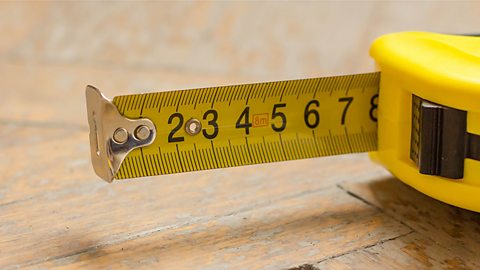
Trigonometry - Edexcel
The three trigonometric ratios; sine, cosine and tangent are used to calculate angles and lengths in right-angled triangles. The sine and cosine rules calculate lengths and angles in any triangle.

Vectors - Edexcel
A vector quantity has both size and direction. Vectors can be added, subtracted and multiplied by a scalar. Geometrical problems can be solved using vectors.

Links
- External linkExternal link
- SubscriptionSubscription
- External linkExternal link
- External linkExternal link
- External linkExternal link